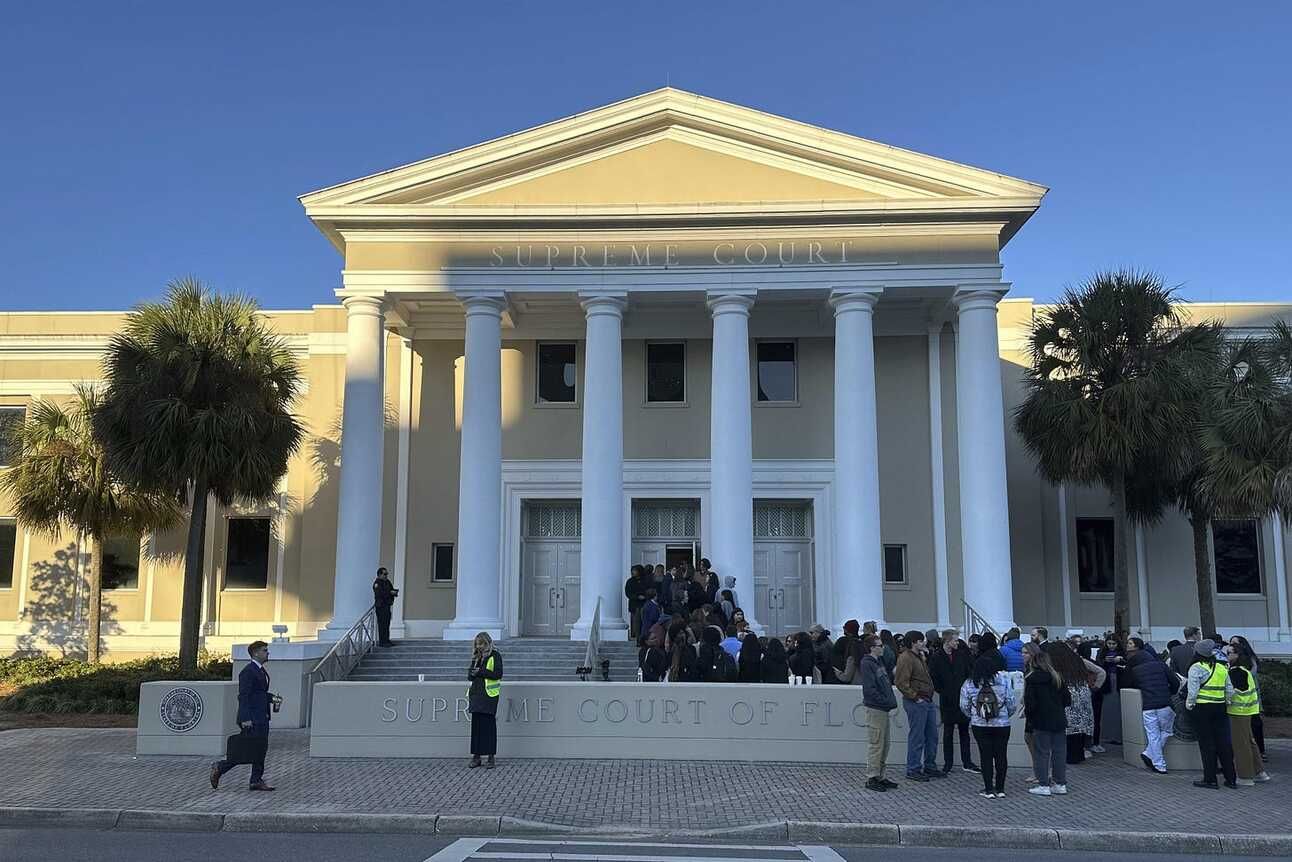- The Medicine & Justice Project
- Posts
- Florida Appeals Court: Lethal Injection Might Be Surgery without Anesthesia—And That's Fine
Florida Appeals Court: Lethal Injection Might Be Surgery without Anesthesia—And That's Fine
The Court specifically cites saphenous venous cutdown as a reason lethal injection doesn't violate the Eighth Amendment.

Correction: a previous version of this post identified the decision as coming from the Florida Supreme Court, which heard the case this week.
On August 9th, Florida's Appeals Court for the 5th Circuit denied a stay of execution for Loran Cole, who will almost certainly become Florida’s first execution of 2024. Cole, sentenced to death in 1995 for the murder of John Edwards, brought multiple claims before the court; for most of them (including an unsparing account of the too-close-to-home Dozier School scandal), I recommend Melanie Kalmanson over at Tracking Florida’s Death Penalty.
The claim that’s important for our purposes is that Cole is subject to “involuntary movements“ due to Parkinson’s Disease, which means that trying to access his veins might be very difficult, needlessly painful, and unreasonably dangerous.” As a habitual accessor of IVs (but not a lawyer), this strikes me as a bit of a hail mary within current lethal injection jurisprudence: statistically, dozens of Parkinson’s patients are getting IVs in the back of a truck at the time I’m writing this or the time you’re reading it. However, in denying that claim, the Court uses the kind of reasoning that should make us wonder what we’re doing here:
Additionally, if an intravenous line cannot be placed, the protocols allow for the placement of a central line, with or without a venous cut-down.
A Brief Overview of Venous Cutdown
Venous access isn’t complicated, but it’s not always easy: the shape, size and geography of peripheral veins (the small, blue-looking lines easily visible on healthy people) can vary wildly from person to person. Drug use, illness, dehydration, and a sedentary lifestyle (all of which you’ll find in death row inmates) can cause veins to shrink or scars to form over typical access sites. Even ideal peripheral veins may be too small for the needs of the procedure. Central veins, which are larger but more remote, offer more reliable access—if you can get there and stay there.
The primary means of accessing a central vein is via either ultrasound or the (Modified) Seldinger technique, in which a needle and guide wire provide access for a longer and larger catheter that won’t bend and kink through the skin or pop out from the increased blood flow. However, the older “cutdown“ technique still survives in the literature for emergencies in legitimate medicine—or, in lethal injection, when states didn’t plan for IV issues.
It’s harder than it sounds but exactly as grisly: a two-centimeter incision is made through the skin at the ankle, then spread open until it exposes the vein. Doing it successfully requires an intimate familiarity with the surrounding anatomy; my sole attempt1 on a cadaver resulted in a scene more like a carved turkey than a medical procedure—and a long explanation of my legitimate, non-psychopathic research purpose. My “patient” had the advantage of being dead, however, and legitimate patients receive at least local anesthesia in all but the most emergent circumstances; I haven’t seen an execution protocol that provides for this.2
Officially, only one cutdown has ever been required for lethal injection, when Arizona executed Clarence Dixon. A private autopsy of Joe James, however, suggested that a cutdown may have been attempted (the state’s official autopsy disagreed).
Florida’s Execution Protocol Provides No Cause for Comfort
While Florida’s protocol is fairly permissive on who can place peripheral lines3, it restricts “achieving and monitoring“ central venous access to APRNs, PAs and physicians; paramedics in Florida can place central lines under certain conditions, but it’s not included in the standard curriculum. Training on central line placement, however, is not a guarantee of proficiency; depending on their specialty, a doctor or midlevel might not place or even see one in a decades-long career following their initial schooling. Like most states, Florida’s protocol avoids mandating a specialty that might require central line placement proficiency, and its policies actively fight transparency on who is performing executions; we know from the Clayton Lockett execution that inexperienced physicians find their way into the execution chamber. Once a line is placed, the condemned is (theoretically) sedated with etomidate, which offers no pain relief.
The Cruelty Is No Longer the Point
As brutal as it may sound, Cole’s petition was unlikely to ever succeed based merely on the possibility of a cutdown. In 2006’s Baze v. Rees, SCOTUS ruled that “an isolated mishap alone“ does not amount to cruel and unusual punishment; in subsequent years, Glossip v. Georgia and Bucklew v. Precythe have tightened method-based Eighth Amendment challenges to near impossibility. If the Florida Supreme Court’s decision is striking, it’s only in that cutting a person open without anesthesia has graduated from “mishap“ to the very reason a procedure is not cruel.
As lethal injection continues to fail at its mission of “a quiet death,“ the response appears more and more that the system just doesn’t care.
Reply